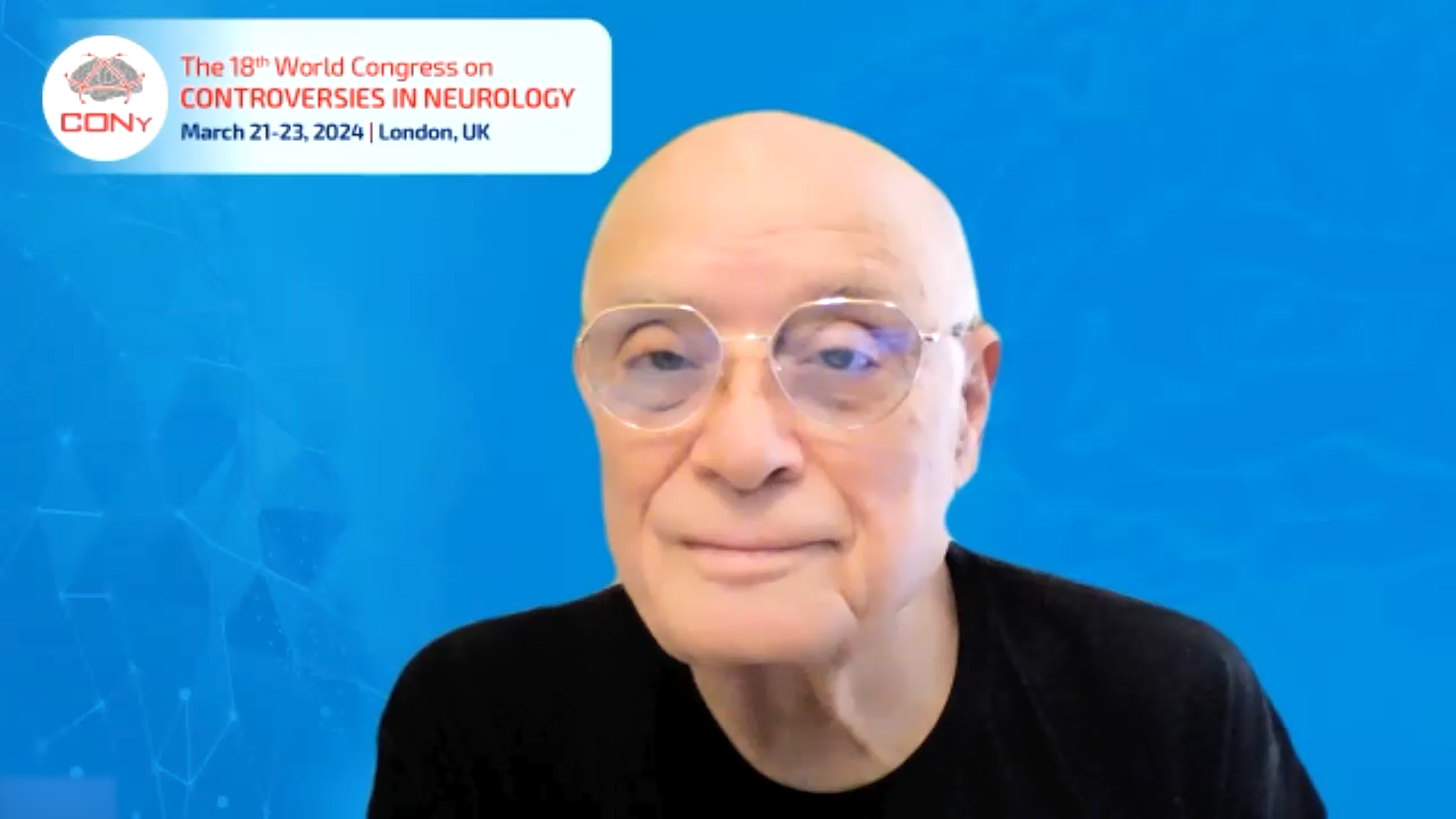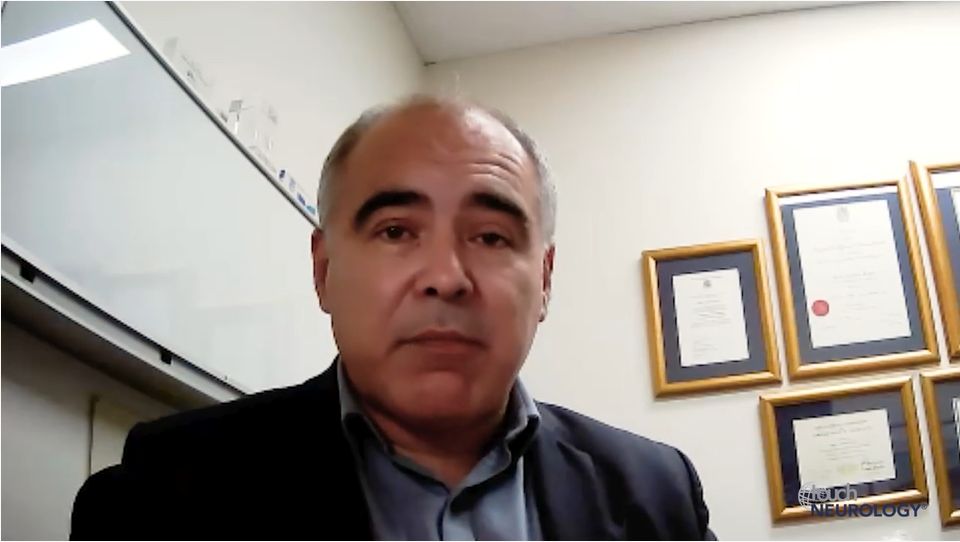MDS 2016 Daniela Berg Interview Part 1
Daniela Berg talks about the recently updated clinical diagnostic criteria for Parkinson’s disease produced by the MDS Task Force on Definition of Parkinson’s Disease.
Daniela Berg talks about the recently updated clinical diagnostic criteria for Parkinson’s disease produced by the MDS Task Force on Definition of Parkinson’s Disease.
FILMED AT THE INTERNATIONAL CONGRESS OF PARKINSON’S DISEASE AND MOVEMENT DISORDERS (IPMDS), JUNE 2016
THE MDS TASK FORCE ON DEFINITION OF PARKINSON’S DISEASE HAS RECENTLY PRODUCED UPDATED CLINICAL DIAGNOSTIC CRITERIA FOR PARKINSON’S DISEASE. COULD YOU TELL US A LITTLE ABOUT THESE CRITERIA?
00:14 – The new diagnostic criteria of the Movement Disorder Society are actually in due time because so much has changed now with the understanding of the disease. They are built on the old criteria we used to take for making diagnosis. But what we tried to do was to codify the process an expert is applying when the expert is seeing a patient, because this is much more real, much more real in the clinical practice compared to only using criteria. So what we did was the following. We have two major steps, one is diagnosing parkinsonism and here we still have rigidity, tremor, one or both of the two, and bradykinesia as a must for Parkinson’s disease, but we excluded postural instability because this occurs rather later in the disease. And then there are differential diagnosis we need to consider, and for that we have positives and negatives. Negatives as exclusion criteria are like flags, and positives, which can be used as supportive criteria. But they are not only listed as criteria. We weigh them according to what’s real important or not, we interpret them in the context, when for example falls occur, and we also consider time because time helps us to understand whether new symptoms occur or whether therapy is effective or not. And we can use additional assessments, for example, imaging or testing for hyposmia, as instruments for supporting the diagnosis. So we have more of a complex approach to the disease which helps us to better understand the complexity of Parkinson’s disease and make the diagnosis in the context. Of course we would love to diagnose the disease earlier, for earlier treatment, but we can’t diagnose it so far before motor symptoms arise, which is unfortunately when more than half of the xxx in a xxx have already degenerated, we know that.







